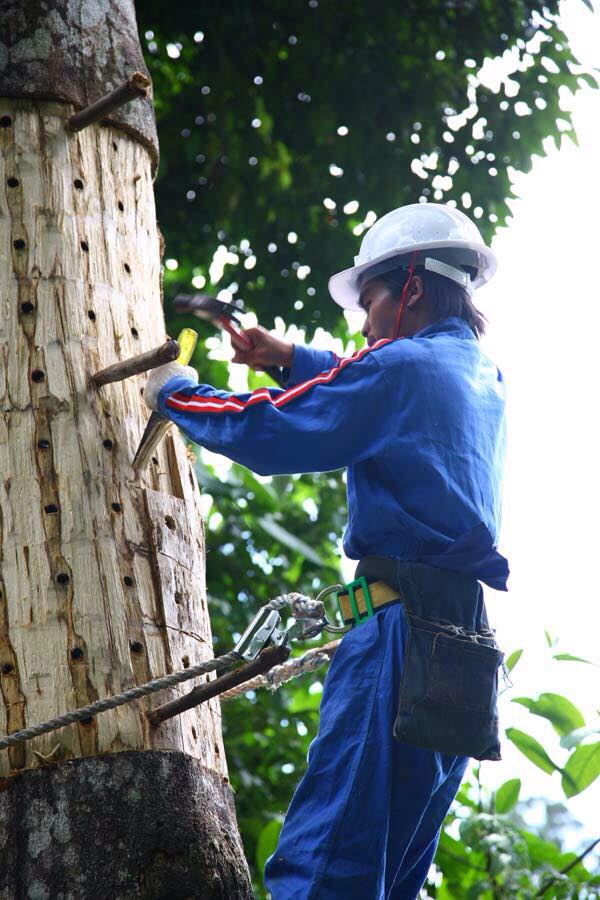
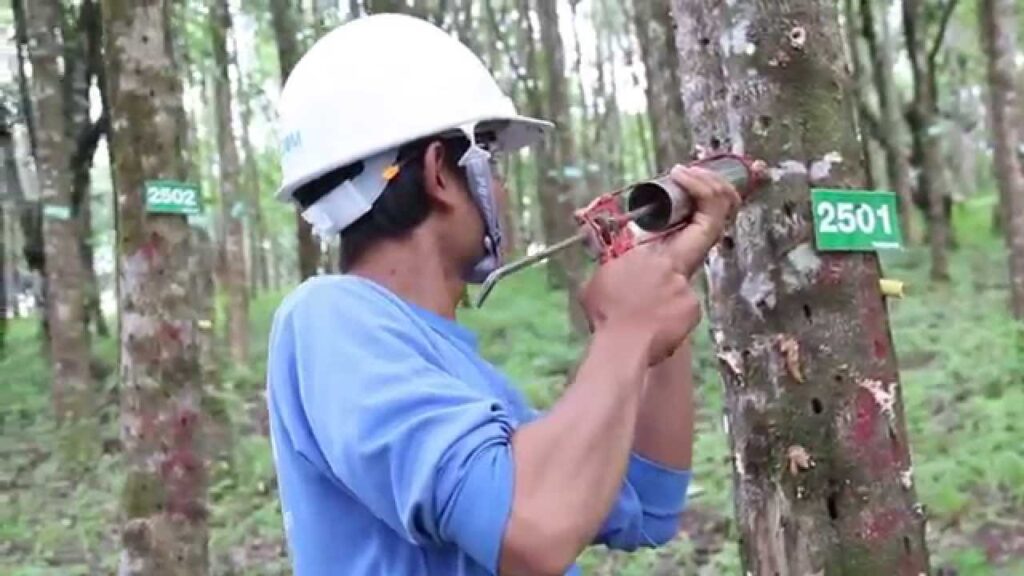
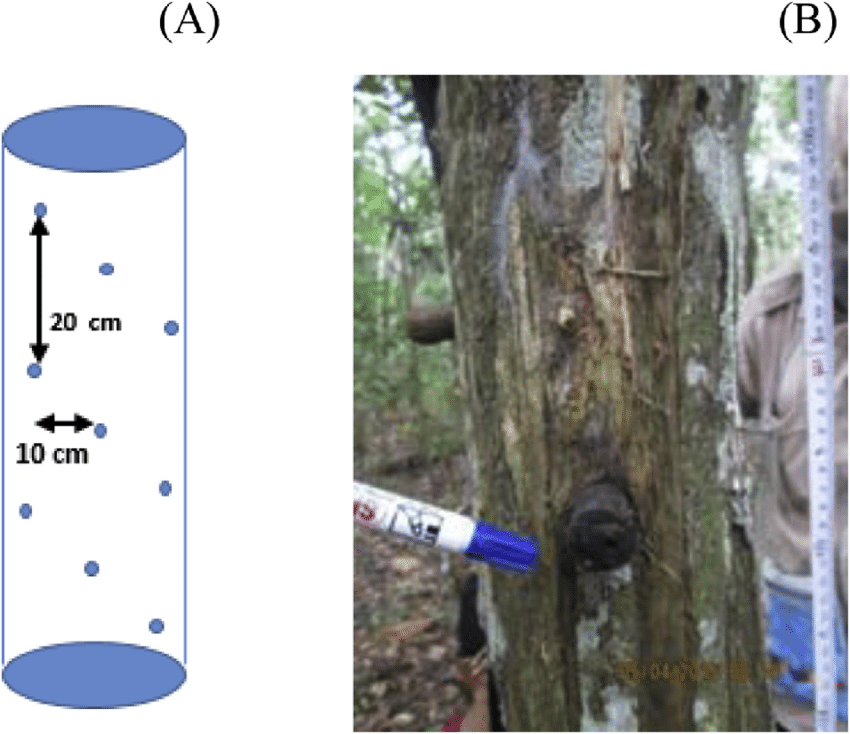
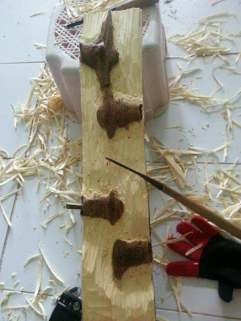
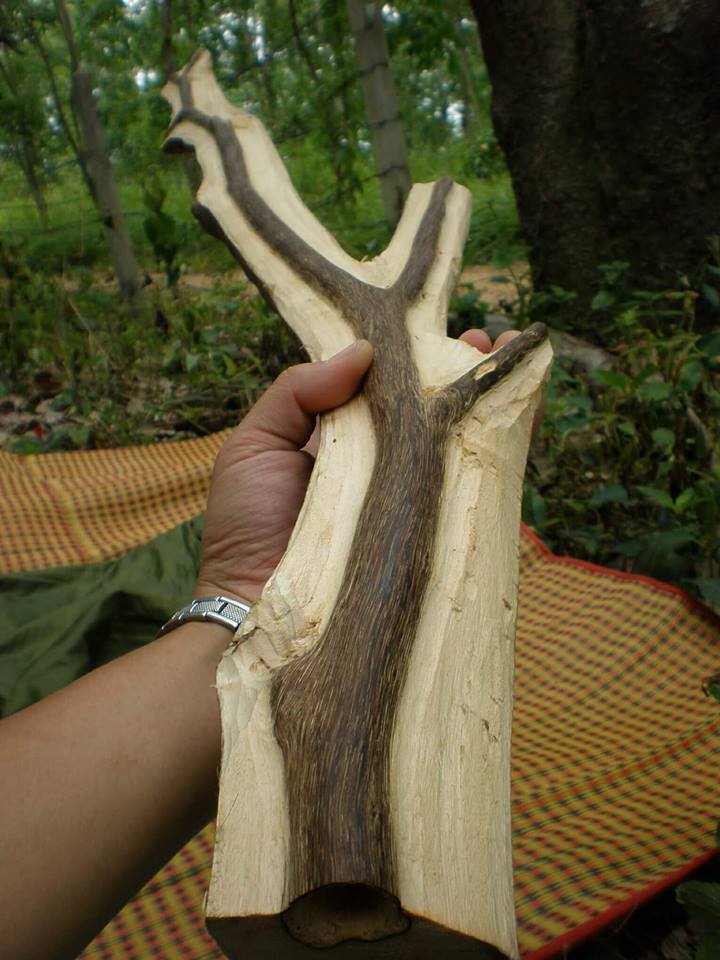
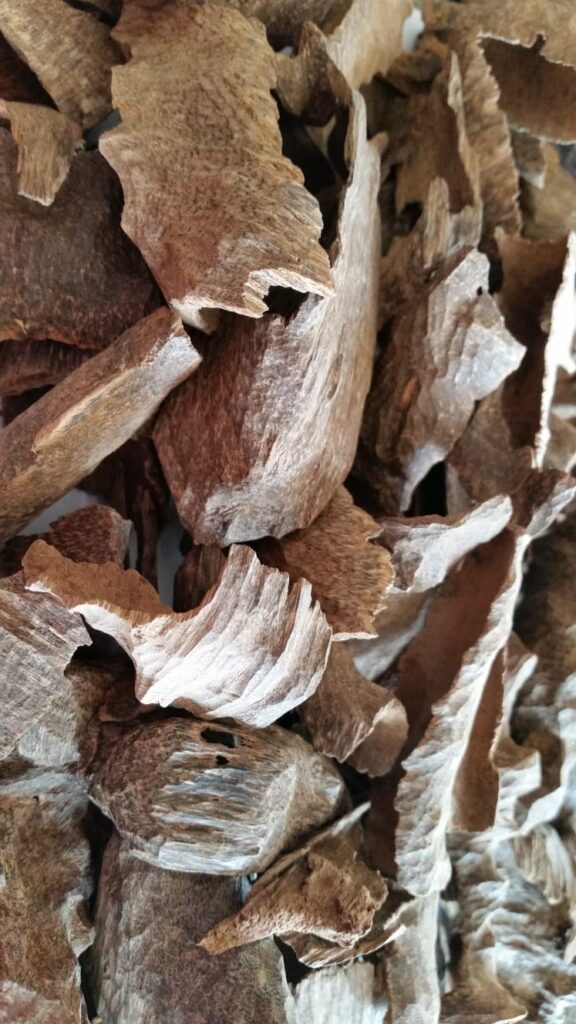
Traditional knowledge suggests that fungi growing in a wounded aquilaria tree may cause Agarwood formation. Different types of fungi have been suggested including: Phialophora parasitica, Torula sp., Aspergillus sp., Penicillium sp., Fusarium sp., Cladosporium sp., Epicoccum granulatum, Cylimndrocladium, Sphaeropsis sp., Botryodiplodia theobromae, Trichoderma sp., Phomopsis sp., and Cunninghamella echinulata. With all of these fungi suggested as a possible cause and no clear definitive research to show that a fungus is responsible for Agarwood to form, researchers have indicated “that aguru arises from a much more generalized cause than previously envisaged” (Gibson, Bano Biggyan Patrika 6:16-26 (1977)).
Agarwood is derived from the diseased timber of Aquilaria species of the family Thymelaeaceae. Cutting or burning may be one way to inoculate fungi naturally in the wood tissues of vivo tree. The fungus Melanotus flavolivens has successfully been used to induce artificial formation of Agarwood in Aquilaria sinensis in vivo tree.
Artificial Inducement or inoculation method is necessary for the Aquilaria Trees to develop agarwood.
The formation of agarwood is a result of a plant defense mechanism towards fungal attacks by producing resinous compounds as secondary metabolites. In their natural habitat, the process of resin accumulation as the result of tree-pathogen battle may take many years and the longer the process takes place the more expensive and highly valuable the resin is. Many scientists have been passionately trying to understand the cascade process of this tree-fungi interaction in producing agarwood. Isolation of various fungi from infected trees have been widely reported.
Using NOT suitable inoculants does not create the natural aroma in the development of resinous agarwood.
